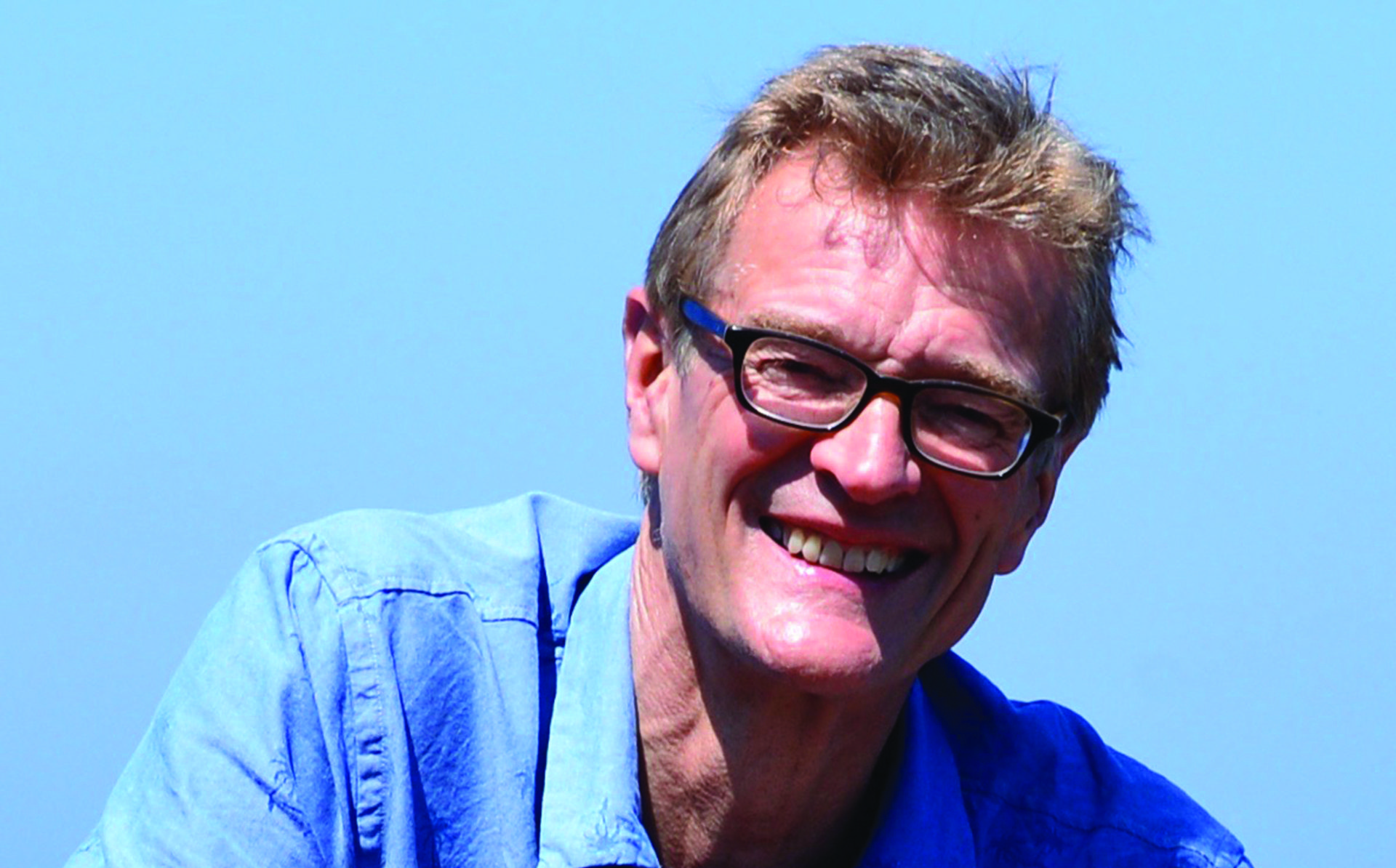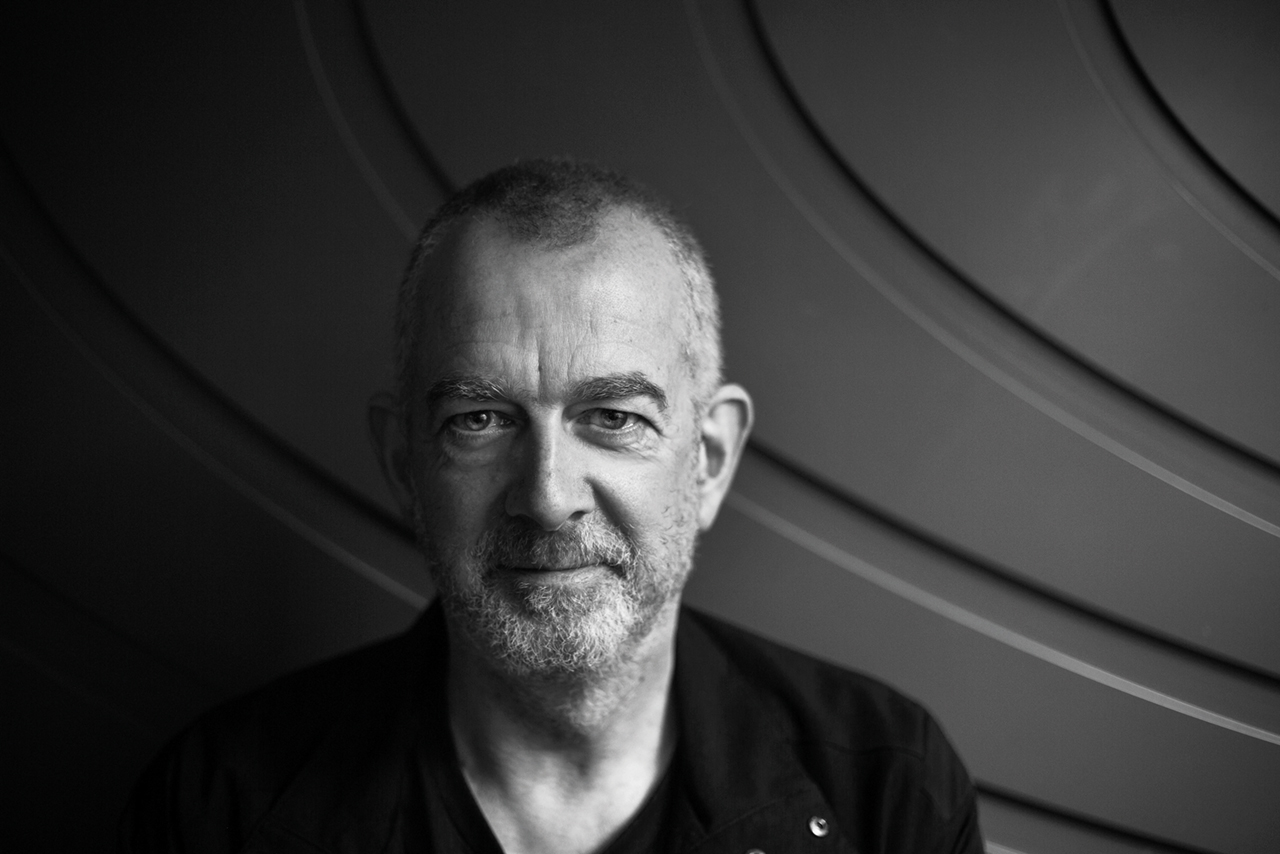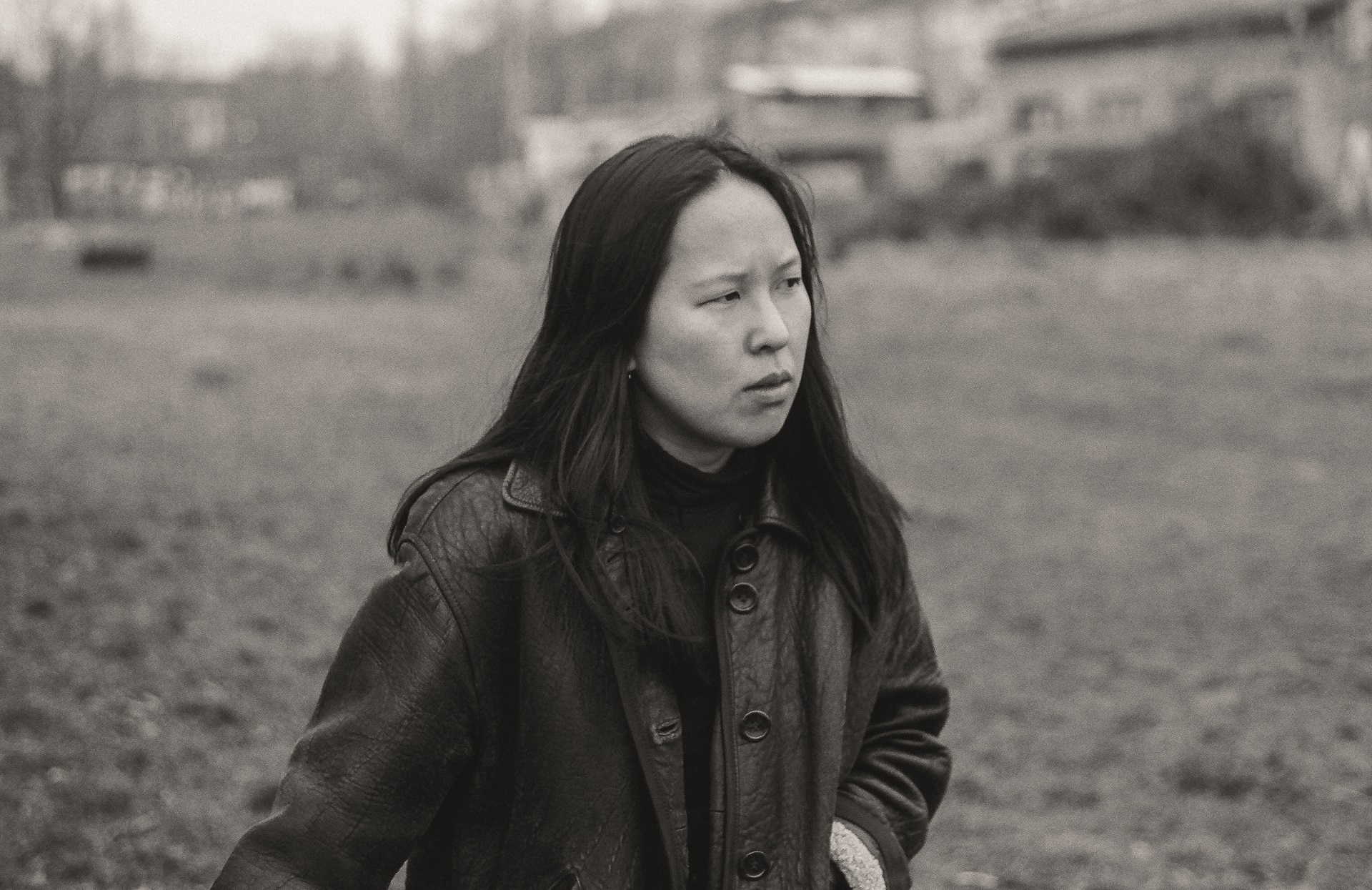Best-known as presenter of various BBC Two series including Great British Journeys and Coast, Nicholas Crane is a geographer and explorer who has put pen to paper to describe the evolution of our countryside and cities in The Making of the British Landscape (Weidenfeld & Nicolson, £20).
This is an ambitious book, with huge scope. How did you decide what to include?
You’re right! Many times, it occurred to me that the 12,000-year story of Britain’s evolving landscapes was a bit too ambitious. But I always knew it was a story worth telling. I guess it’s a thankyou to the land that is my home. Answering the second part of your question is more difficult… On and off, the book has taken eight years to research and write, although I’ve been collecting the ideas and places for decades. Ultimately I had to select the landscape stories that fitted together into a linear narrative. This is not an academic book, or even a source of reference (although I have taken great pains to check and re-check all known facts). It is a story. So I had to bin episodes that were repetitive or which impeded the onward hike. At times it was painful. Many places that I’d once imagined as essential way-stations had to be bypassed.
Did you discover anything particularly surprising or shocking during your research?
There are surprises at every turn. The story opens with a truly shocking episode of climate change. In terms of habitat change, it must have been chaotic for the people trying to eke a living from Britain’s landscapes. Several thousand years later, the land bridge connecting Britain to the Continent may have been taken out by a tsunami. At the time, the land bridge was a fertile landscape for hunting and gathering. Many would have lost their lives. Britain became an island. Until I read around the subject, I hadn’t grasped how cataclysmic the arrival of farmers had been: Britain was transformed from a land of woods and wild pastures to a land of fields and monuments. And I had to change my mind about the Romans. I’d fondly imagined them as bringers of civilisation, but in this story they’re an army of psychopathic builders who set back Britain 800 years.
What makes the British landscape unique?
First of all, there is the geology. Britain has an extraordinary range of rock types that span three billion years of Earth’s story. Their effect has been to produce an amazing range of landforms, from Hebridean islands of grey stone to more recent cliffs of red sandstone in the Orkneys and the crumbly white cliffs of Dover, which are only 70 million years old. On top of that, we have sea-level change and strong currents that have produced an astonishing array of estuaries and beaches. Inland, our temperate latitude and location in the path of Atlantic westerlies have produced vast numbers of rivers and streams. For humans, this is as close to paradise as it gets. There is another factor, too. A relatively high population density and episodic economic upturns produced a large number of well-funded innovators who came up with artificial landforms that astonish to this day.
London forms an important part of the book. Do you think the focus of the UK is sometimes weighted too much towards London?
Good point. And it’s one that gave me plenty of pauses for thought. But London has been disproportionately influential ever since it was founded by Roman colonists at a river crossing on the South East’s principal artery. Through the ages, London’s advantageous geography has given it the edge over other urban centres in Britain. The estuary of the Thames is sheltered from prevailing westerly winds; it faces the Rhine and countless North Sea ports; it is surrounded by rich agricultural land that supports a relatively high population. Locally it offered a safe anchorage and berthing for trading ships, and it had building land above the flood plain. It was always a place where you could make money. And people like to live where there’s money. In a book about landscapes, London is a massively swollen physical presence. Currently, its population is more than Wales and Scotland combined. Landscape change is a function of population dynamics and, by virtue of its human scale, London has to play a focal role in the story.
The book is written almost like a memoir. Why did you decide on this style?
I definitely don’t see it as memoir. There are snippets of personal anecdote which I put in for my own amusement while I was writing early drafts. I’d expected to delete them later, but somehow they survived. I’m still not sure it was a good idea to leave them in, but they do serve to break free from what would otherwise be a chronological straitjacket and provide modern vignettes of altered landscapes.
How optimistic are you that we can stop climate change?
Currently there is no way to stop climate change. But with sufficient human willpower it may be possible to lessen the rate of change – to buy enough time to come up with adaptive policies and perhaps geo-engineering solutions. Scientists have been warning since the Seventies that an increase of two degrees centigrade would cause havoc but the graphs have continued to climb in the wrong direction.
At the end of last year, the government proposed changes to planning laws that could see thousands of new homes built on green belt land. What do you think about these developments?
In terms of landscape, we’re still in the post-industrial phase, with hundreds of thousands of homes located around industrial sites that no longer provide sufficient work. Housing is one of the keystones of a stable, healthy society and yet we have a chronic shortfall in places where people want to live. There is a pressing need for low-cost, high-density housing on public transport routes linked to places of employment. Building low-density homes with car-ports and gardens on agricultural land removed from places of work does not best serve the needs of a resilient, stable Britain.






Leave a reply
Your email address will not be published.